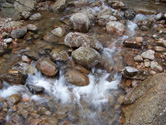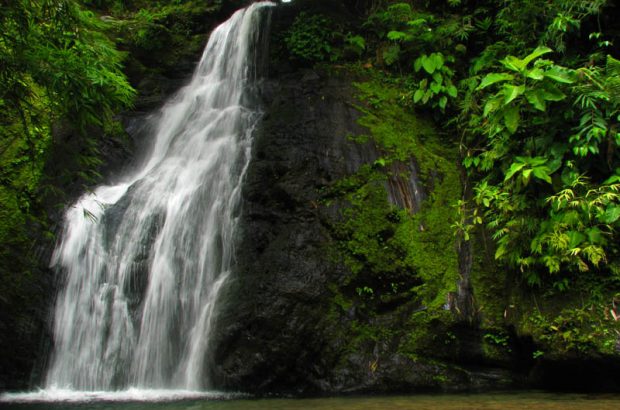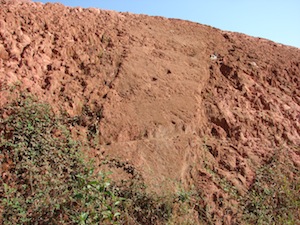
Enhancing leadership in organisational development among conservation organisations globally
There is growing recognition that sustained conservation impact requires effective leadership from local and national organisations in biodiversity-rich countries. Strengthening the institutional capacity of these organisations is crucial to ensuring they can survive and deliver effective, locally-tailored conservation action. By building collaborative support to tackle common organisational development needs, this project aims to enhance leadership…
17th January 2014











